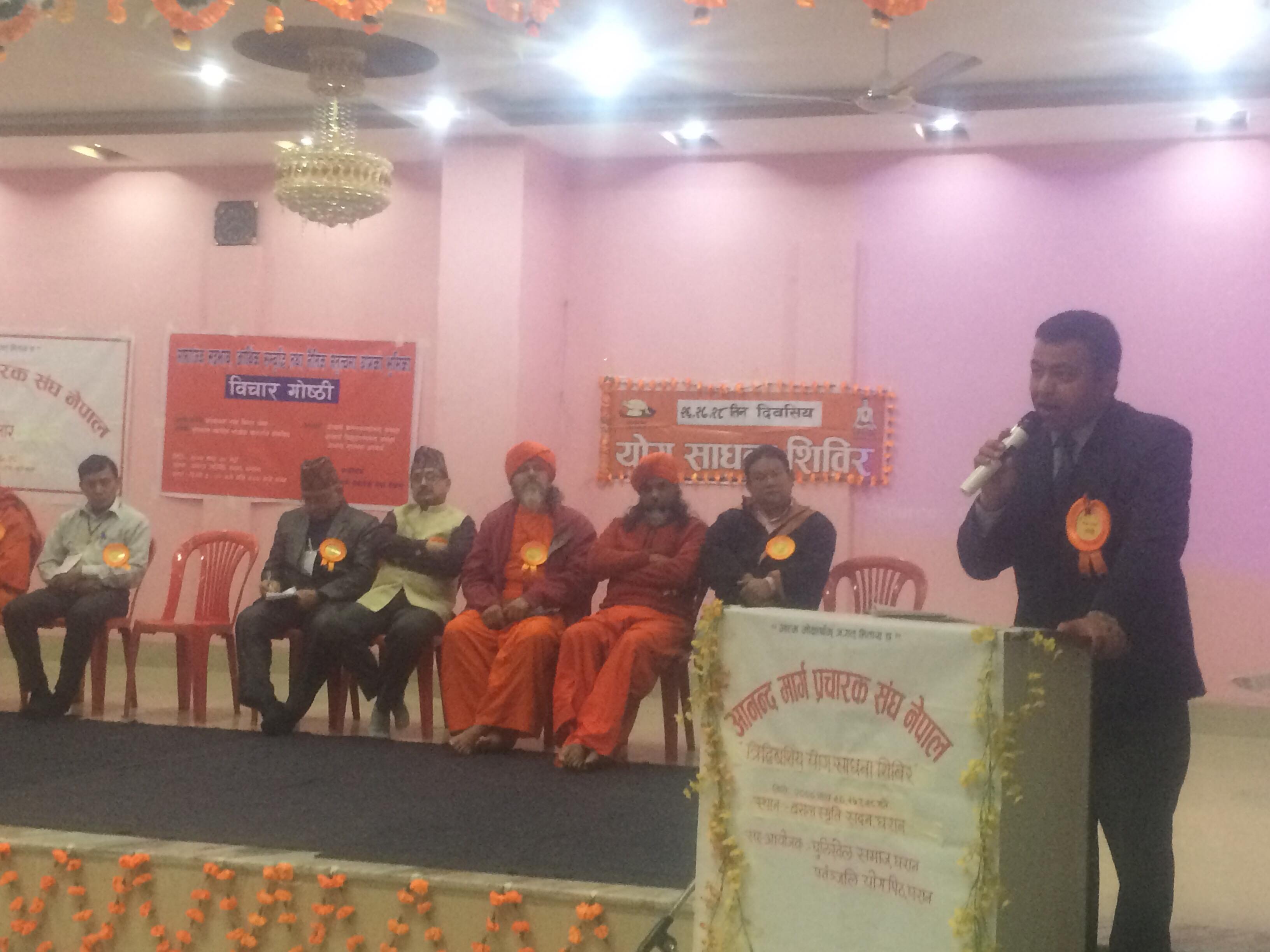Abstract
Introduction
Snake bite is neglected problem of the rural agrarian society of the world. Nepal is one of the vulnerable countries of snakebite. The utilization of health care services and practices regarding snake bite is not known.
Objective
This objective of the study was to explore clinicoepidemiological profile, health care utilization and practices regarding snake bite at Ilam District of eastern Nepal.
Methodology
This was a cross-sectional study and conducted from th th 25 March to 25 May 2013 using a systematic random sampling of 300 people from communities of Ilam district. The data was collected after receiving informed consent. The collected data was entered into Microsoft excel and analysed by using SPSS.
Results
The majority (76.7%) of the respondents had seen snakes in their locality. The major snake noticed was mountain pit viper (Ovophis monticola)- Grube (94.8%). Among respondents, 5.3% had a history of snake bite which was predominant among productive age of 15-39 years. The most common bitten part of the body was leg (56.3%). There was no any serious injuries and death. Treatment was done by different modalities such as by using local antidote (31.3%) at the bite site and by soap-clean water (25%). Sixty-nine percent of the snake bite victims utilized modern health care system. Charali snake bite management center, Jhapa was the major treatment center. Seven out of 10 had knowledge of using a tourniquet. After full recovery from a snake bite, 1 out of 5 had avoided milk due to their false belief.
Conclusion
Active age group was more victimized. The commonest bitten part was a leg. The knowledge of first aid of snake bite was not adequate and many were unaware of post snake bite practices. Reassurance, early first aid and timely transportation to health center save many victims of snake bite.
Keywords
Geographic locations, Nepal, Patient acceptance of health care, Snake bites






